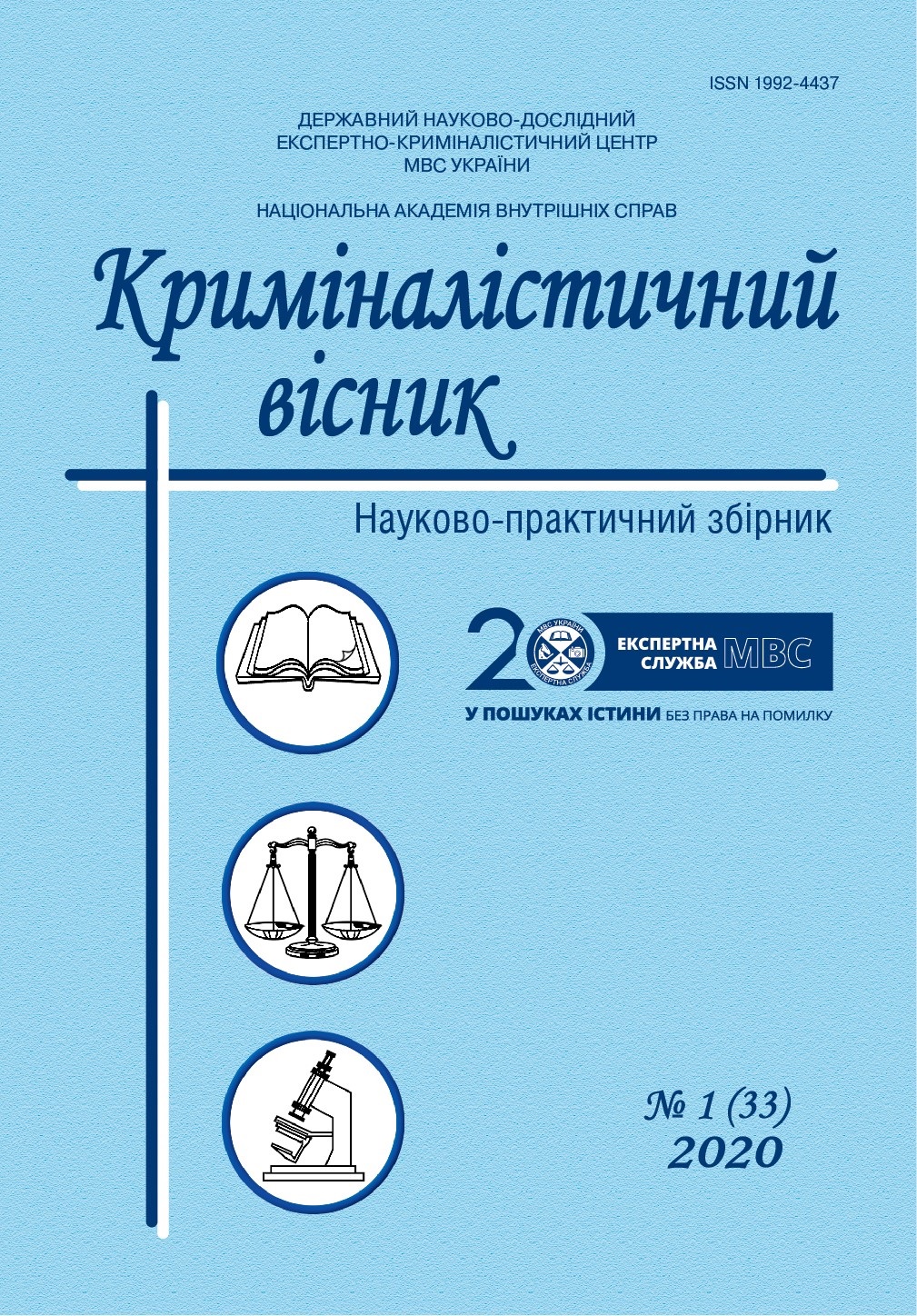PERSONAL IDENTIFICATION, RECORDED IN VIDEO MATERIALS
DOI:
https://doi.org/10.37025/1992-4437/2020-33-1-72Keywords:
forensic examination, person identification, video materials, video recording of environment, gait analysis, person identification by the gait, neural networksAbstract
The purpose of the article is an attempt to solve theoretical and practical problematic issues related to the use of information technology in forensic science in the identification of a person based on the peculiarities of his gait recorded in the video materials. Methodology. The authors of the article used general and special scientific methods, which are a means of scientific research, to achieve the set goal. The use of such methods as system analysis, system-structural, formal-logical and statistical provided an opportunity to outline the directions of development of person identification by the gait recorded in the video and to reveal the essence of its tasks and features of the research of relevant objects, both individually and in complex. Scientific novelty arise from the formation of new tools in counteraction crime. The authors distinguished the main tasks of person identification by the gait recorded in the video materials, with use of the newest information technologies. Conclusions. The main sources from which video materials get into the sphere of criminal proceedings were analyzed. The foreign experience of law enforcement authorities in automated face recognition based on video materials was generalized. Suggestions on automation of person identification, development of a person identification methodology based on video materials with the use of complex of features were given.



